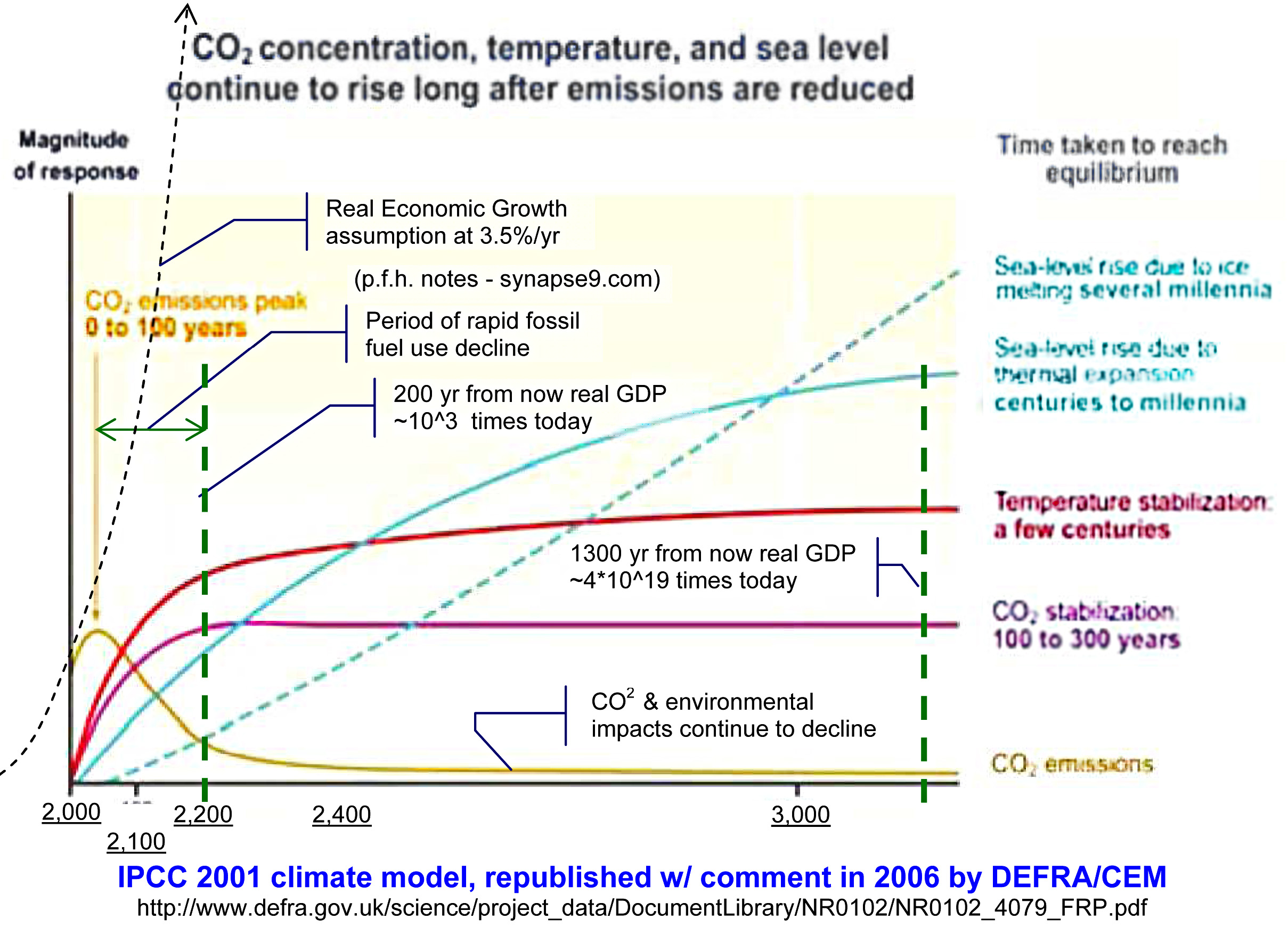Reposted from my Finance Lab blog
The way social customs develop, and community standards, what to expect is formed by agreement and not by research all the time. Then people teach what others before them agreed on.
I think that could be the main reason why for a few hundred years everyone assumed the right thing for economies would be regular % change just because everyone wanted steady improvement. It seems the effect of multiplying economies on the earth was never really studied, but just whether it to fix the problems that arose or not.
As a physicist in the mid 70’s I was watching the curiously creative behavior of a lot of uncontrolled natural “economic systems”, heat transport by convective currents inside buildings. I spent a couple years doing of 24hr micro-climate fingerprints of buildings, closely studying how their air current networks competed for flow channels and evolved new organization several times a day as the sun moved around.
Every individual air current begins with a little feedback loop, that animates the development of its heat transport system…
Every individual air current begins with a little feedback loop. That animates the development of its heat transport system. Without that systematization process there would only be conduction, not convection.
Individual air currents take part in larger air current networks, as swarms combining to form larger currents. Those combined patterns of currents shift from hour to hour as the heat from the sun comes from different directions.
I was part of what was called the “appropriate technology” movement at the time, and writing for RAIN magazine among other things. There was a lot of general discussion in that community of the environment and the earth, of limits to growth and the economy, etc.
So I used what I had learned about from how uncontrolled organization developed in air current networks to ask what would happen to constant growth systems in general, just looking for general principles.
Organizational change of continually doubling scale may be logically consistent, but becomes naturally confusing to any physical system itself, is what I found. That’s because physical systems have multiple scales of organization that conceptual systems don’t.
Regular change by %’s for physical systems is not just a change in size, but also of complexity and speed of reorganization with increasing higher derivative rates of accelerating acceleration. You see organizational limits and disruptive system change in air currents with the onset of turbulence sometimes.
With turbulence systematically smooth flows that become too intense may suddenly explode in small scale eddies and collapse the heat transport process. You often see that at the top of a column of smoke from a candle, for example.
I also found that I was asking questions about uncontrolled systems in a new way, considering them as locally evolving individuals, rather than as instances of fixed statistical equations. Because it very much involved my understanding of the physics of energy flow, and mainstream physics never studied autonomous systems that way, I had no one to talk to about it.
So, that’s the second reason it seems the question was never asked for the economies. Science had only been studying controlled systems, or if studying uncontrolled systems, only looking for the aspects you could represent with formulas as if they were controlled. I was watching individual cells of organization develop for which there was clearly too much happening too fast to record.
A third reason the question wasn’t raised suggests a deeper problem for practical science, how our ideas of change for the earth are more similar to how conceptual models work than to how physical systems work. Conceptual systems are not organized at all like physical systems.
Logic can easily project large changes with small effort and involve no developmental processes connecting cause and effect, for example. Large and small change in mental models takes about the same amount of energy (i.e. “not much”). In physical systems changes take a continuity of developmental processes using generally proportional amounts of energy and the discovery of proportional complications.

What seems to show that our idea of economic growth is based on thinking of the economy as a mental rather than physical system is that growth is thought of as a constant rate of change. Physically it’s a multiplying complexity of change.
Al Bartlet has been sketching “big wow” examples of the meaning of growth for many years, that I have learned from and enjoyed his entertaining style. Recently it occurred to me to look at the IPCC and OECD projections that way, for the long term environmental impacts of energy use on climate.
The figure below shows their 1300 year projection of ocean levels. I inserted the curve at the left that rapidly goes off the page, corresponding to the level of GDP implied in their model, and some notes.
Economic impacts are shown to be ever decreasing, though ocean levels continue to slowly rise. At the end of the period, and still multiplying, the steady growth projection for the economy would have resulted in an average productivity for every square foot on earth about equal to 700 present day global economies.
That’s relatively easy to imagine in our minds, is the point, but it has no physical reality or meaning at all. So… one thing leads to another. Neglecting the difference between physical systems and metal shortcuts is hazardous, and can only be extended so far before you need to look and see what else might be happening.
pfh
